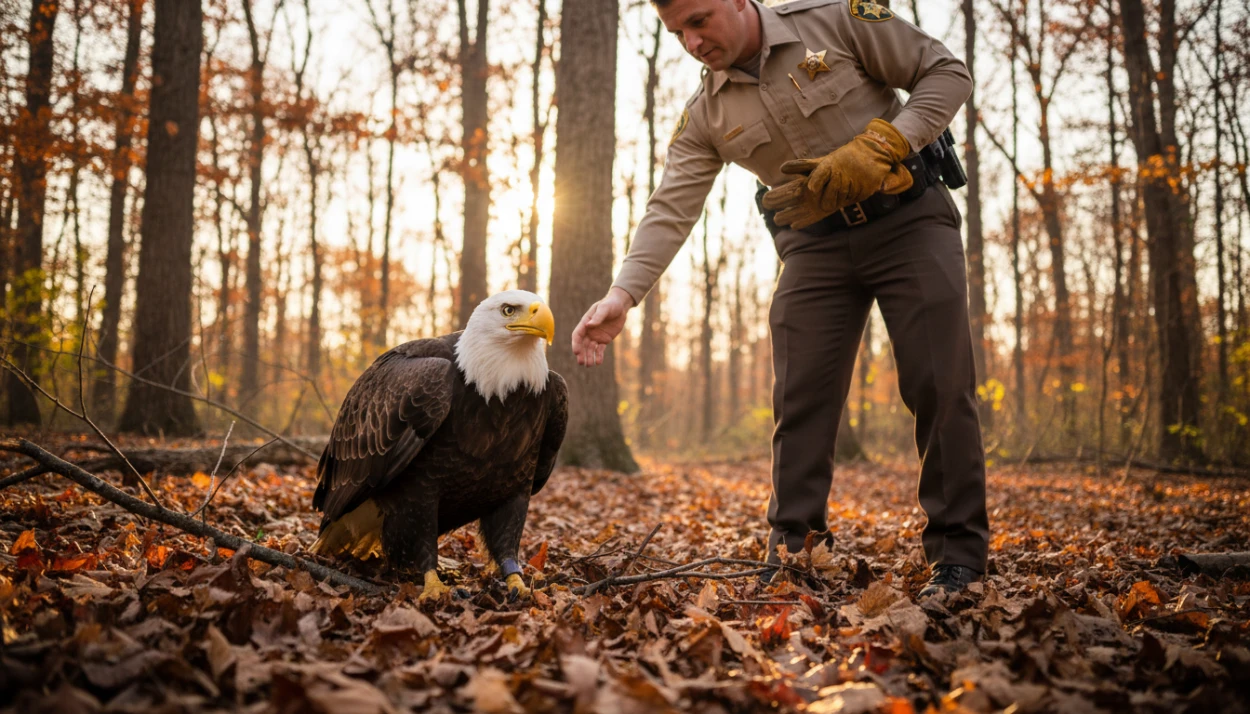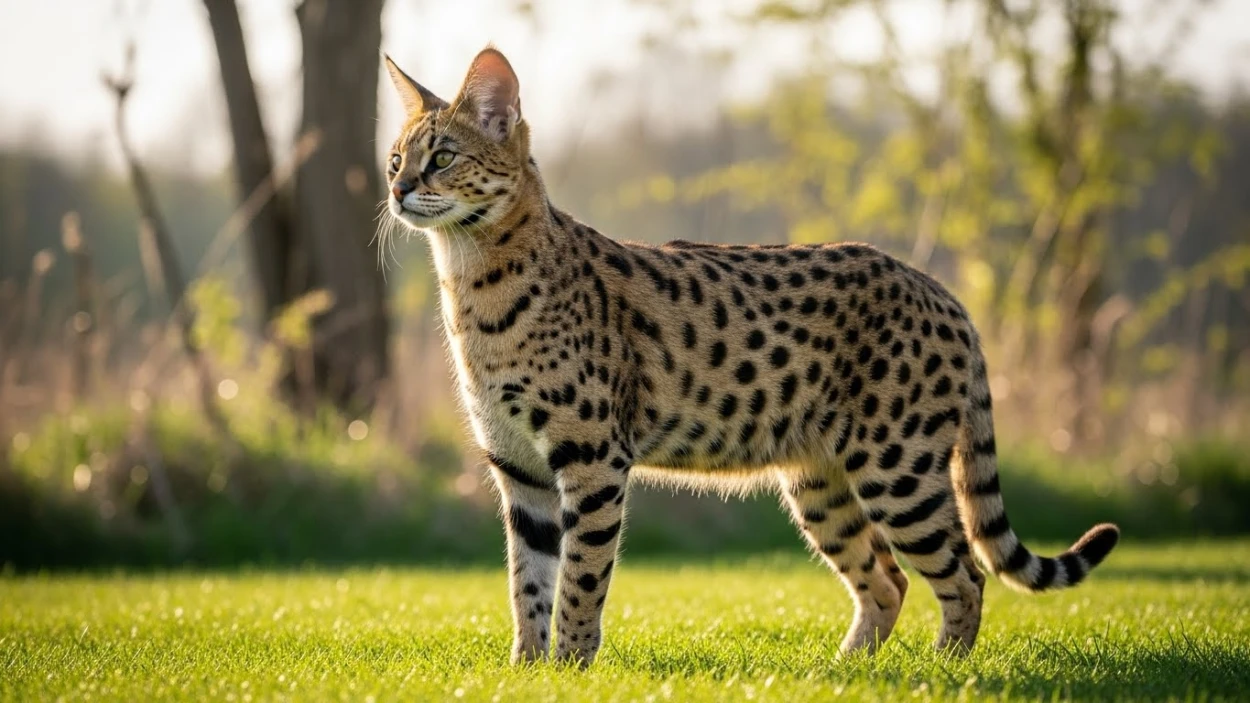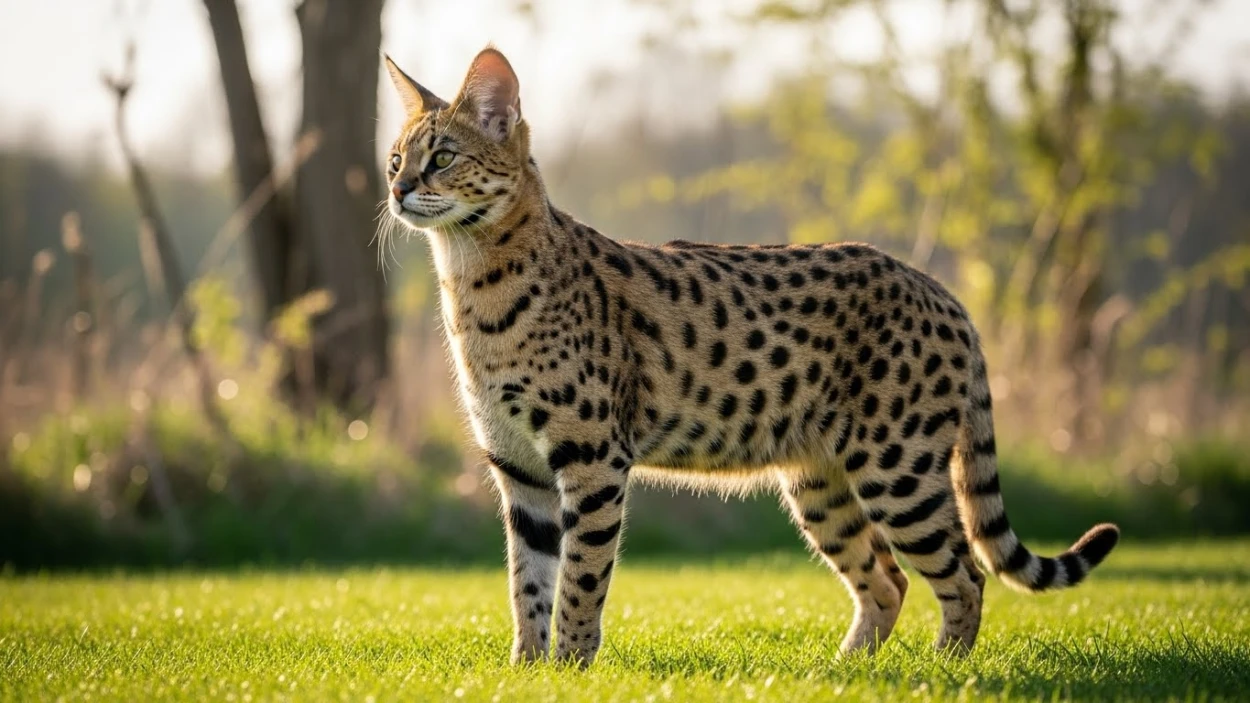Giant pandas (Ailuropodine melaleuca) are fascinating creatures that have captivated the world with their adorable appearance and unique characteristics. These charismatic animals are native to the bamboo forests of China and are known for their black and white markings.
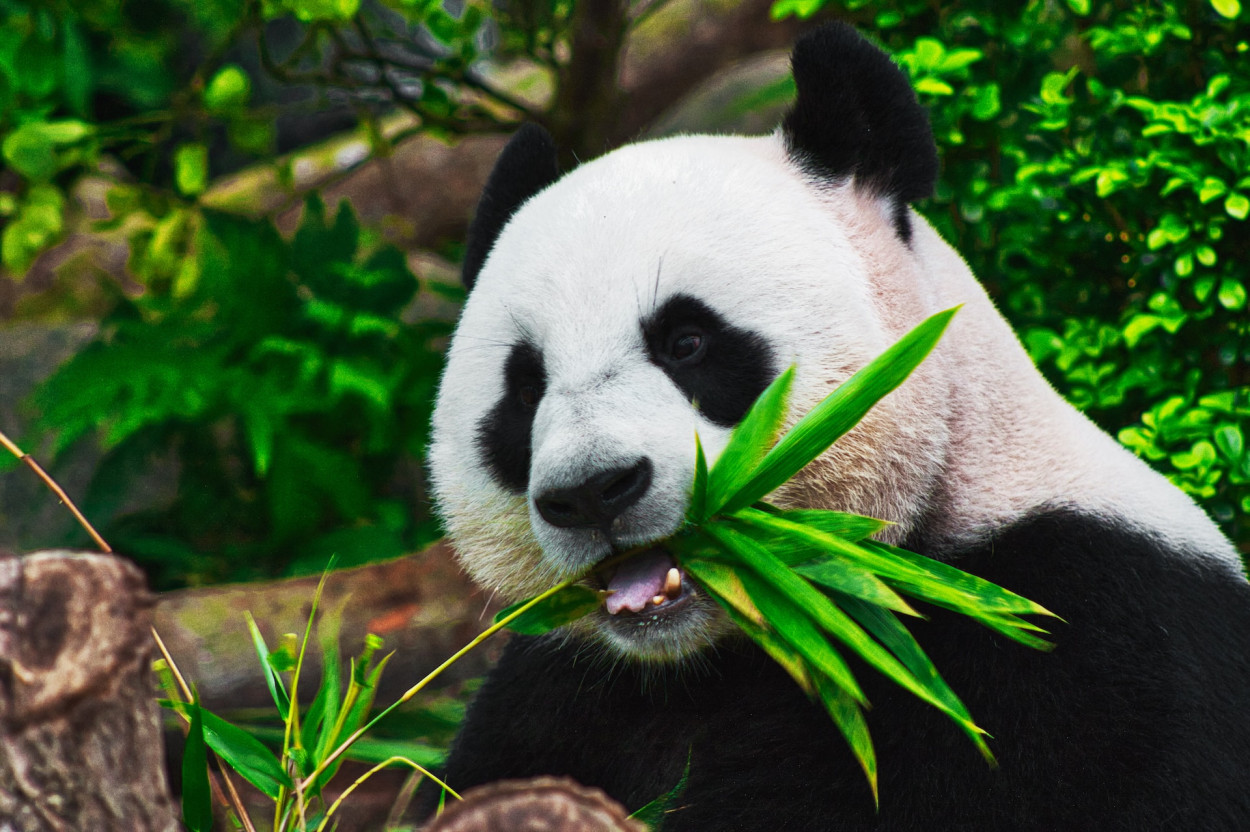
In this article, we will delve into the world of giant pandas, exploring their physical features, habitat, diet, behavior, conservation status, and much more.
Physical Description of Giant Pandas
Pandas are easily recognizable due to their distinct black and white fur. They have a rotund body with stocky limbs, which are adapted for their bamboo-rich diet. Adult giant pandas typically weigh between 200 to 300 pounds (90 to 135 kilograms) and stand about 4 to 6 feet (1.2 to 1.8 meters) tall. Their large, round heads are adorned with black patches around their eyes, ears, and across their body, while the rest of their fur is predominantly white.
Habitat and Distribution of Pandas
Great pandas are endemic to the mountainous regions of central China, particularly in the provinces of Sichuan, Shaanxi, and Gansu. They inhabit dense bamboo forests at elevations ranging from 5,000 to 10,000 feet (1,500 to 3,000 meters) above sea level. These areas provide the pandas with a suitable habitat that offers an abundant supply of bamboo, their primary food source.
Diet and Feeding Habits of Pandas
The diet of pandas consists almost entirely of bamboo, which makes up about 99% of their food intake. Despite being classified as carnivores, their digestive system has evolved to process a bamboo-based diet. They have an enlarged wrist bone that acts as a pseudo thumb, allowing them to grasp bamboo stalks and strip off the leaves. Panda bears can consume up to 40 pounds (18 kilograms) of bamboo each day to meet their energy requirements.
Reproduction and Life Cycle of Pandas
Pandas have a unique reproductive biology that contributes to their endangered status. Female pandas have a very short window for reproduction, usually occurring once a year for only two to three days. During this time, male pandas compete for the opportunity to mate with the female. Successful mating leads to a pregnancy that lasts around 5 months. Female pandas usually give birth to a single cub, which is born blind and hairless. The cub relies on its mother for nourishment and care for the first few months of its life.
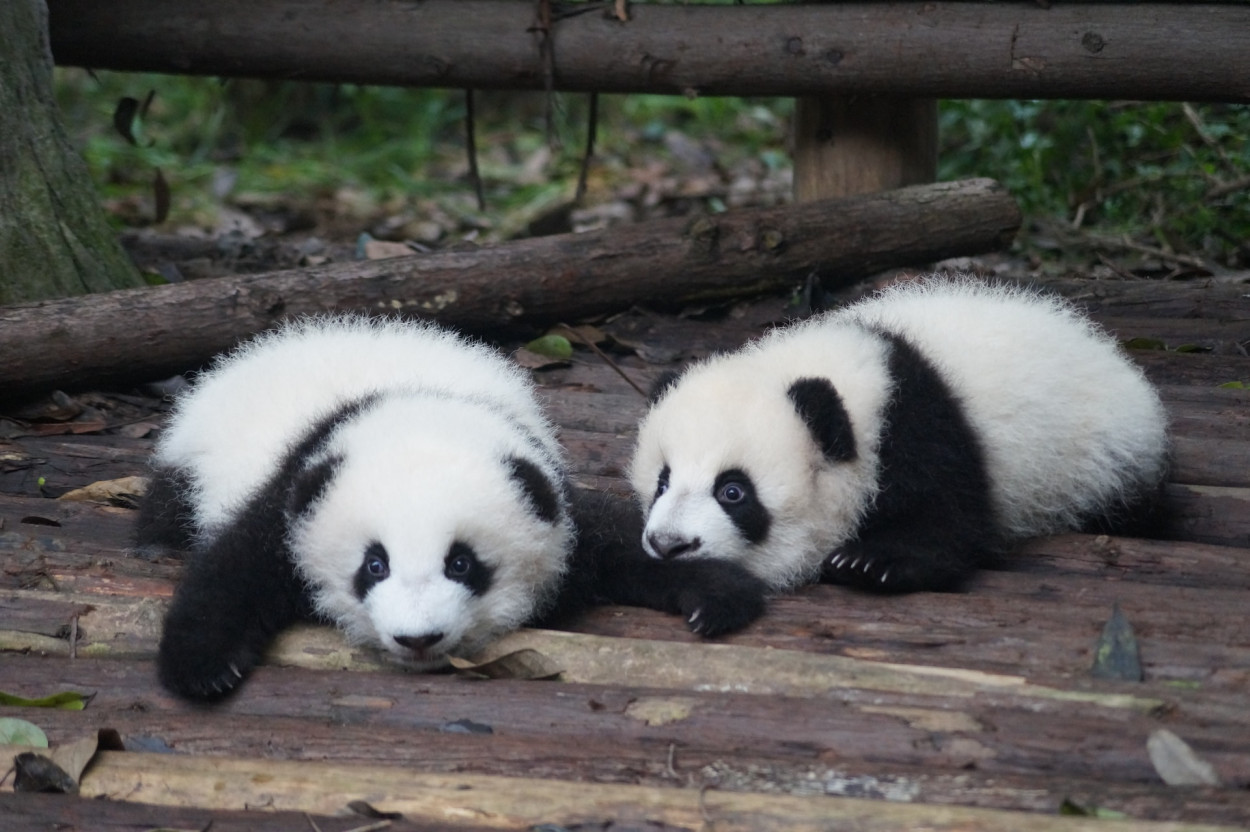
Behavior and Social Structure of Giant Pandas
Giant pandas are generally solitary animals, spending most of their time foraging for bamboo. However, they do have a defined social structure within their home range. Males have larger territories that overlap with multiple female territories, and they communicate through scent marking and vocalizations. Pandas are primarily crepuscular, meaning they are most active during dawn and dusk. They have a slow metabolism, which is adapted to their low-calorie bamboo diet, so they conserve energy by resting for long periods.
Conservation Status and Threats to Giant Pandas
Pandas are listed as endangered on the International Union for Conservation of Nature (IUCN) Red List. The main threats to their survival include habitat loss and fragmentation due to human activities, such as deforestation and agriculture expansion. Additionally, climate change poses a significant risk to their bamboo habitats. The small population size and low reproductive rates of pandas also contribute to their vulnerability.
Efforts for Panda bears Conservation
Numerous conservation efforts have been implemented to protect giant pandas and their habitats. China has established over 70 nature reserves dedicated to panda conservation, covering approximately 5,400 square miles (14,000 square kilometers). These reserves aim to preserve the pandas' natural habitat and promote breeding programs to increase their population. International collaborations and research projects have also played a crucial role in studying pandas and implementing effective conservation strategies.
Importance of Pandas in Ecosystems
Giant pandas play a vital role in their ecosystems. As bamboo eaters, they shape the distribution and growth of bamboo forests. By feeding on specific bamboo species, pandas prevent the dominance of any single species, promoting biodiversity within the forest. Their feeding behavior also aids in seed dispersal, allowing for the regeneration and expansion of bamboo forests. The presence of pandas in these habitats supports the survival of numerous other species that depend on bamboo.
The Relationship between Pandas and Humans
Giant pandas have long been an emblematic species and have captured the hearts of people worldwide. They have become a symbol of wildlife conservation and environmental protection. China has embraced the panda as a national treasure, and these beloved creatures have become ambassadors for promoting conservation awareness and sustainable practices.
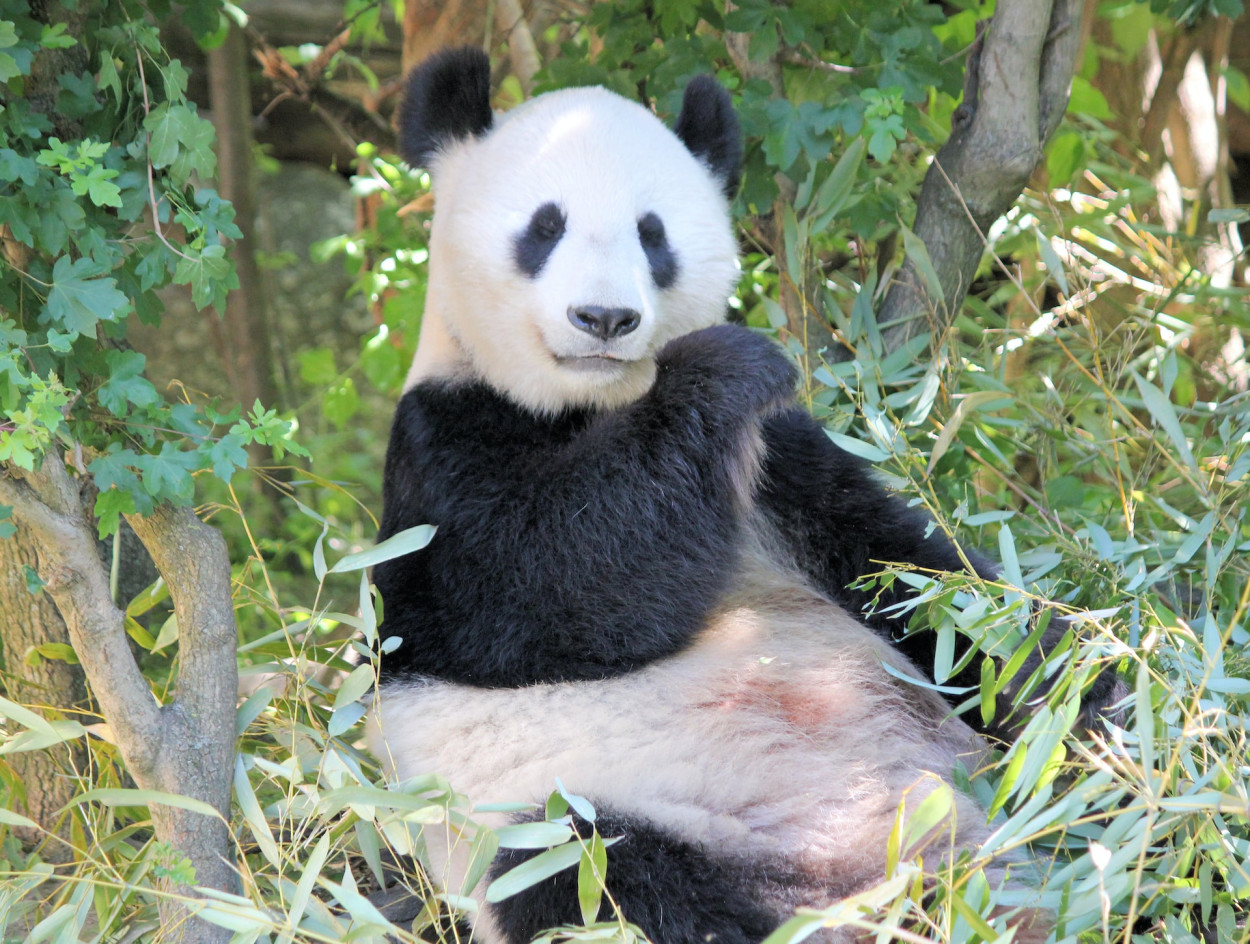
The Symbolism of Pandas in Chinese Culture
In Chinese culture, pandas hold great significance and symbolism. They are regarded as a symbol of peace, harmony, and good fortune. Pandas have been depicted in ancient Chinese art and literature, representing gentleness, resilience, and balance. The Chinese government has recognized the cultural and economic value of pandas, leading to various initiatives to conserve and protect them.
Interesting Facts about Pandas
Despite their large size, giant pandas have a herbivorous diet consisting mainly of bamboo.
Pandas have a unique thumb-like structure formed by an elongated wrist bone, which helps them grip bamboo.
The black and white markings on a panda's body provide camouflage in their natural habitat.
Giant pandas have a pseudo thumb on their hind paws, allowing them to hold bamboo while eating.
Cubs are born extremely small and vulnerable, weighing only about 3 to 5 ounces (85 to 140 grams).
Conclusion
Pandas are truly remarkable creatures, captivating us with their adorable appearance and distinctive behaviors. However, they face significant challenges to their survival due to habitat loss and human activities. Conservation efforts and awareness are crucial for ensuring the long-term survival of these charismatic animals. By protecting giant pandas, we not only preserve a species but also contribute to the conservation of their unique bamboo forest habitats and the diverse ecosystems they support.
FAQs
Q: How many giant pandas are left in the wild?
A: It is estimated






